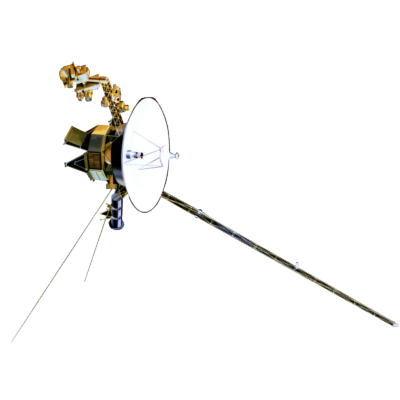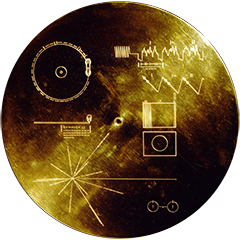Voyager LECP Data Analysis Handbook
Calibrations and Channel Definitions
The Voyager (MJS) LECP Pulse Height Analyzer (PHA)
LEMPA Mode
The Low Energy Magnetospheric Particle Analyzer is used during encounter with the Jovian radiation belts. The counting rate is expected to be too high for useful peak detector operation. [Therefore the peak detectors - ed.] are switched OFF to minimize power and improve the radiation tolerance.
The "LEPT/LEMPA" signal in LEMPA mode switches the multiplexers to monitor the I alpha and I beta voltages. These are eight volt full scale and are directly proportional to the leakage current in the two corresponding detectors of the LEMPA. Details of the conversion from leakage current to voltage are provided in EME-75-227, "Current Monitors for S1P Mariner-Jupiter-Saturn LECP Program" (archived at the Applied Physics Laboratory).
The same data timing cycle is used in LEMPA mode resulting in two cycles of the current data (see the timing diagram). This simplifies the electronics and is compatible with the Command and Data section which retains only a single reading. Command and Data has two changes in operation; it ignores one cycle of the output data and retains all ten bits of the conversion.
Three point calibration was provided in LEPT operation with measurements at 0.2%, 6% and 45% of full scale. Only two points can be accomplished for a LEMPA calibration and 0.2% and 98.3% are used to establish offset errors and scale factor. The actual calibration points were chosen to minimize circuit design and are not considered optimum from a transfer function view.
Summing up the basic PHA concept, the Pulse Height Analyzer is a subsystem featuring redundant control electronics with 10 bit analog to digital converters and 10 channel multiplex networks. In addition, five peak detectors with associated logic are provided for measurement of pulse amplitudes. The PHA is under control of the LECP experiment Command and Data electronics, performing a data conversion wherever a "GO" signal is received, in a preselected operational mode. It provides clock synchronized but time independent serial data readout with four timing lines in each interface. A complete conversion interval requires about 1 millisecond. Pulse peaks are measured as requested during the cruise portion of the mission (when in LEPT mode) and two detector average currents during the encounter (LEMPA) interval. Power may be commanded ON to one or no PHA control section and is ON for the peak detectors when either PHA is ON and in the LEPT mode.
Return to Calibrations main page.
Return to Voyager
LECP Data Analysis Handbook Table of Contents.
Return to Fundamental
Technologies Home Page.
Updated 8/9/19, Cameron Crane
VOYAGER 1 ELAPSED TIME
*Since official launch
September 5, 1977, 12:56:00:00 UTC
VOYAGER 2 ELAPSED TIME
*Since official launch
August 20, 1977, 14:29:00:00 UTC
QUICK FACTS
Mission Duration: 40+ years have elapsed for both Voyager 1 and Voyager 2 (both are ongoing).
Destination: Their original destinations were Saturn and Jupiter. Their current destination is interstellar space.



